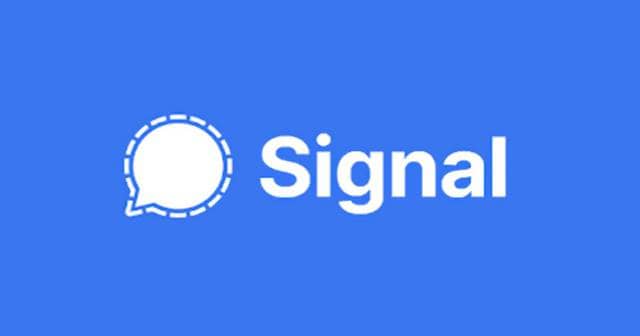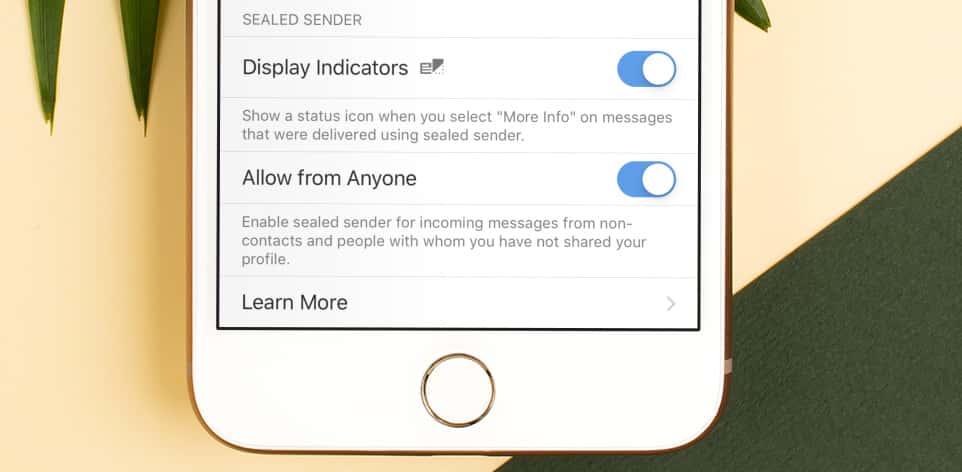Taking Less Information as Possible
A special effort taken in this pursuit is the invention of the Sealed Sender feature. Launched in 2018, Signal aims to deliver a message from a sender to the designated recipient securely without knowing the sender’s identity. While delivering a message needs both the sender’s and recipient’s addresses to make it happen perfectly, Signal believes it indeed doesn’t need the sender’s identity to do so. And it’s doing with the help of Sealed Sender’s feature for a couple of years.
It makes this special delivery using sender certificates and delivery tokens. In the first case, it explained that the Signal clients use a “short-lived sender certificate from the service attesting to their identity.“ It contains data like the client’s public identity key, phone number, and an expiration timestamp. Also Read- How to Use Signal on Windows PC, Mac, and Linux Ans in the second case, Signal clients use a 96-bit delivery token from their profile key and register it with the service to prevent abuses. Using these two, Signal clients can use less-identifying data and verify themselves about the parties involved in the transmission, thus delivering the messages securely and correctly. Users can enable this option on the Settings > Privacy > Sealed Sender. Toggling this setting on will make the transmission of messages happens by keeping the sender’s identity anonymous, but verified. You can also enable the indicators to know the status and more details about the message. Also Read- Signal Reaches 50 Million Download Mark in Playstore

